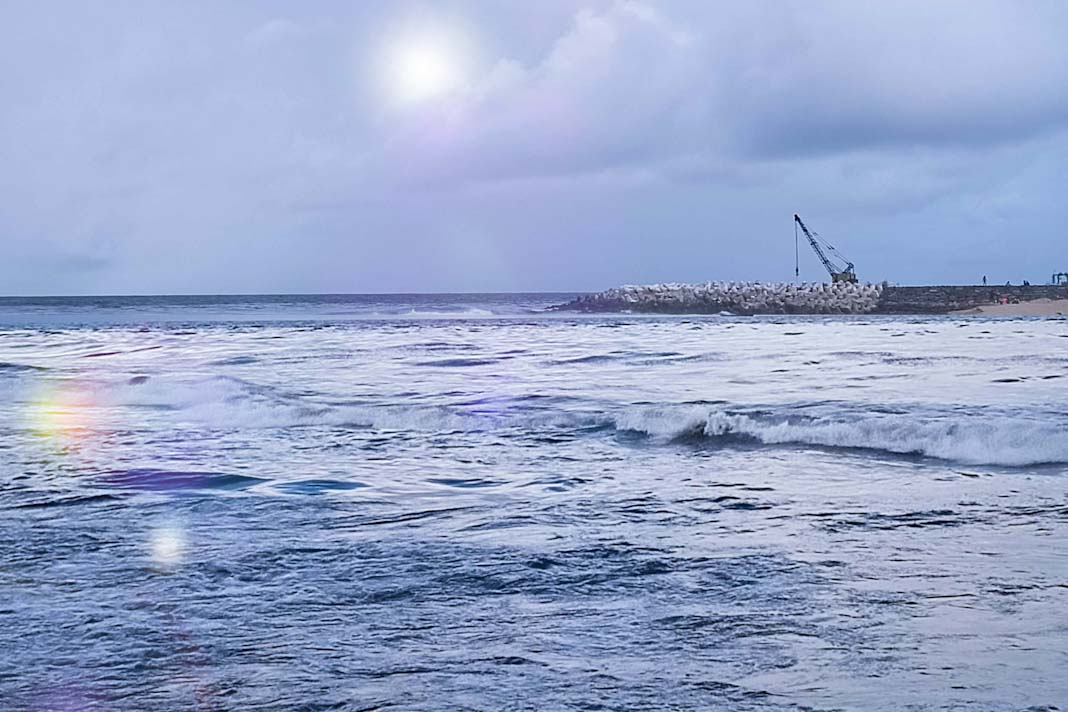- A cargo vessel narrowly avoided a serious incident when it slipped away from a not always afloat but safely aground (NAABSA) tidal river berth during low water.
- The vessel’s mooring lines came under immense tension as the tide ebbed, causing it to settle aground and drift 20m into the river.
- This was the third such incident at the same berth, prompting urgent hydrographic survey work that revealed changes in the riverbed slope, exacerbating the risk of vessels drifting away from the quayside.
A recent grounding incident at a NAABSA tidal river berth highlighted the dangers posed by changes in riverbed topography. The vessel, moored alongside just before low water, unexpectedly slipped away from the quayside due to increased tension on the mooring lines as the tide ebbed. This incident, coupled with similar occurrences in the past, underscored the need for immediate action to address the underlying causes.
The Grounding Incident
As the cargo vessel discharged its cargo at the NAABSA berth, the ebbing tide caused the vessel to settle aground, putting strain on the mooring lines. Suddenly, the head rope began juddering, and the ship started to slide away from the quayside. Despite the crew’s efforts, the fore spring, stern spring, and stern rope snapped, leaving only the head rope connected to the shore. The vessel drifted 20m into the river before coming to rest on an off-lying shoal.
Recurring Incidents and Root Cause Analysis
Remarkably, this was not the first time such an incident had occurred at the same berth. In fact, similar accidents had happened twice before, with the most recent incident occurring just hours earlier on the last ebb tide. Rapid hydrographic survey work revealed a significant change in the riverbed slope at the NAABSA berth, with mud now on an incline, drawing ships away from the quayside and causing excessive strain on mooring lines.
Mitigation Measures and Lessons Learned
Following the grounding incident, urgent dredging efforts were undertaken to level off the riverbed adjacent to the quay, addressing the primary cause of the accidents. This incident served as a stark reminder of the importance of regular hydrographic surveys and proactive maintenance of berthing facilities to ensure the safety of vessels. Additionally, it underscored the need for enhanced monitoring and risk assessment protocols for NAABSA berths to prevent similar incidents in the future.
Did you subscribe to our daily Newsletter?
It’s Free! Click here to Subscribe
Source: MAIB
















